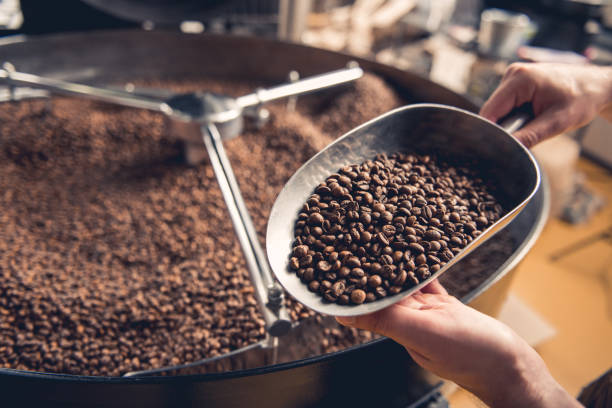In the world of coffee, there’s a magical journey that takes place long before your morning brew touches your lips. It begins in the heart of a coffee manufactory, where the aromatic beans undergo a mesmerizing transformation from raw seeds to the delightful elixir we all know and love. Let’s delve into the intricate world of coffee manufactory, unveiling the secrets of this ancient craft, and understanding the processes that bring that perfect cup of coffee to your table.
The Birth of Coffee Manufactory
A Historical Prelude
The origins of coffee manufactory trace back to ancient Ethiopia, where coffee was first discovered. It was in these lush highlands that the art of coffee cultivation and preparation began. Over time, the knowledge and expertise in coffee manufactory spread, leading to the diverse coffee flavors we have today.
From Crop to Cup
The journey begins in coffee plantations around the world, where coffee cherries are carefully cultivated. The beans within these cherries are the starting point of the manufactory process. The cherries are harvested, sorted, and prepared for their transformative journey.
The Manufactory Process
Stage 1: Roasting
Roasting is the magical moment when the coffee beans undergo a significant transformation. They start as green, soft seeds, but through the application of heat, they develop their complex flavors, colors, and aromas. Roasters employ an artful blend of temperature and time to bring out the unique characteristics of each bean.
Stage 2: Grinding
Once roasted to perfection, the beans are ground into the desired consistency. The grind size plays a crucial role in determining the flavor and strength of the coffee. A fine grind is often used for espresso, while a coarser grind is preferred for French press coffee.
Stage 3: Brewing
Brewing is the stage where the ground coffee meets hot water to create the liquid magic that we consume. The choice of brewing method – whether it’s pour-over, espresso, or French press – significantly influences the coffee’s taste and aroma.
The Science Behind the Flavor
Extraction
The brewing process is all about extracting the flavors and aroma from the coffee grounds. It’s a delicate balance where variables such as water temperature, brewing time, and pressure come into play. The extraction process determines the final flavor profile of the coffee.
Bean Varietals
The type of coffee bean used also impacts the flavor. Arabica and Robusta are the two most common varieties, each with its unique characteristics. Arabica beans are known for their sweet, soft taste, while Robusta beans are robust and bold, often used in espresso blends.
The Role of Quality Control
Tasting Panels
Quality control is an essential part of the coffee manufactory. Tasting panels, consisting of experts known as “Q Graders,” meticulously evaluate the coffee’s quality. They assess aroma, acidity, body, flavor, and balance to ensure consistency and excellence.
Certifications
Coffee manufactories often pursue certifications like Fair Trade and Organic to ensure ethical and sustainable practices. These certifications assure consumers that their coffee is produced with respect for the environment and fair compensation for farmers.
The Art of Blending
The Alchemy of Blending
Blending is an art that involves combining different coffee beans to create unique flavor profiles. Master blenders skillfully select beans from various origins and roasts to craft a blend that tantalizes the taste buds.
Single-Origin Coffees
While blending is an intricate art, single-origin coffees have gained popularity for their distinct and unaltered flavors. These beans are sourced from one region, showcasing the specific characteristics of that area.
Sustainability and Coffee Manufactory
Ethical Sourcing
Sustainability is at the forefront of the coffee manufactory industry. Ethical sourcing ensures that coffee is purchased from farms that promote environmentally friendly practices and provide fair wages to workers.
Reducing Waste
Coffee manufactories also focus on reducing waste. Coffee grounds are repurposed for various uses, such as fertilizers and cosmetics. The commitment to sustainability is reflected in the entire process, from cultivation to packaging.
Conclusion
The journey of coffee from seed to cup is an intricate dance of art and science. The world of coffee manufactory is a blend of tradition, innovation, and sustainability. It’s a journey that begins in the serene coffee plantations, where cherries are lovingly nurtured, and it culminates in your cup, offering a symphony of flavors and aromas. Coffee manufactory is not just a process; it’s a labor of love, a craft that honors the essence of the coffee bean, and a testament to the dedication of those who make your daily brew possible. So, the next time you savor that perfect cup of coffee, remember the art and science that brought it to life.



